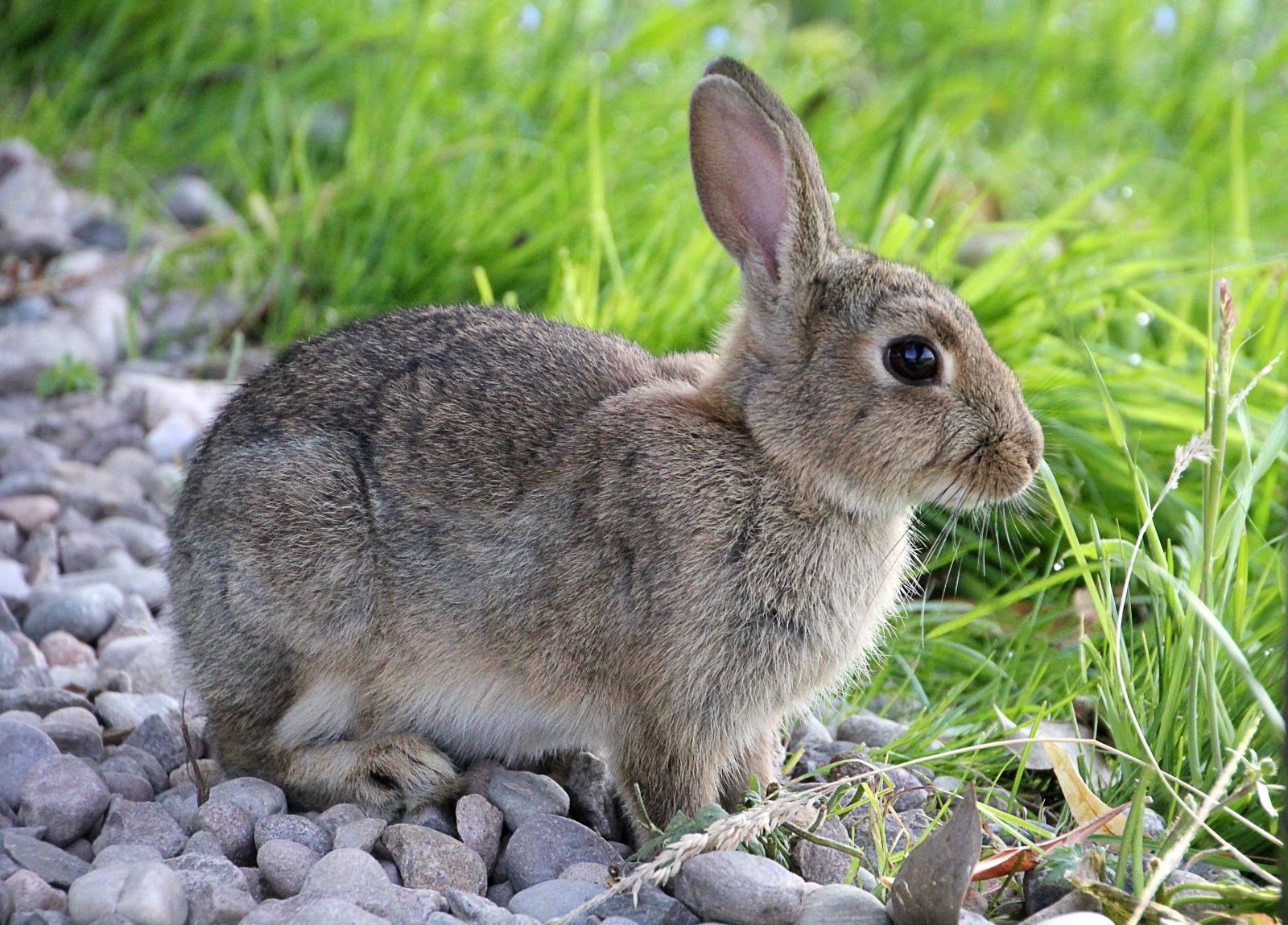
Image Source www.welcomewildlife.com
Diving into the Role of Rabbits in the Food Chain
When it comes to understanding the intricate web of relationships within an ecosystem, one cannot overlook the crucial role of rabbits. As the primary focus of this article revolves around the question “Is a rabbit a secondary consumer?”, we will delve into the dietary habits of rabbits and shed light on their position in the food chain.
Before answering whether rabbits can be classified as secondary consumers, it’s essential to define the specific roles of primary and secondary consumers. In an ecosystem, primary consumers are organisms that directly feed on plants or vegetation, while secondary consumers rely on primary consumers for sustenance. To determine whether a rabbit falls into the latter category, we must examine the diet and predatory habits of these fascinating creatures.
Rabbit Diet: Herbivorous Tendencies
Rabbits, as widely known, are herbivores, which means their diet primarily consists of plant material. They feed on a variety of vegetation, including grass, leaves, and certain types of bark. Their digestive system has evolved to handle a plant-based diet, equipped with specific adaptations like an efficient cellulose metabolism. Consequently, rabbits are considered primary consumers in the food chain.
However, it’s worth noting that not all primary consumers remain confined to this level in the food chain. Some primary consumers, such as rabbits, can occasionally exhibit secondary consumer behavior depending on the circumstances.
Understanding the Predatory Habits of Rabbits
While rabbits primarily feed on plants, they do occasionally consume other organisms, including insects and small animals. This predatory behavior is more commonly observed when a rabbit’s typical dietary sources are scarce or in situations where their survival instincts kick in.
One example of rabbit predation is their consumption of insects such as grasshoppers, beetles, and caterpillars. During periods when vegetation is limited, rabbits may resort to preying on insects to fulfill their nutritional requirements. However, it’s important to note that these instances of rabbit predation on insects do not alter their primary consumer status in the food chain.
The Evolutionary Adaptations of Rabbits
To understand why rabbits occasionally engage in secondary consumer behavior, we must examine their evolutionary adaptations. Over time, rabbits have developed a flexible digestive system and the ability to adapt to various food sources. This adaptability is advantageous for their survival, enabling them to switch to secondary consumer habits temporarily to obtain essential nutrients when primary food sources are scarce.
It’s crucial to recognize that while secondary consumer behavior is observed in rabbits under certain circumstances, their main dietary composition remains herbivorous. These instances of predation are merely adaptive strategies to ensure their survival rather than a permanent shift in their position in the food chain.
Conclusion
While the question “Is a rabbit a secondary consumer?” may at first seem straightforward, the answer is more nuanced. Rabbits are primarily herbivores, making them primary consumers in the food chain. However, under scarcity or certain survival situations, they can exhibit secondary consumer behavior by temporarily preying on insects or small animals.
Understanding the ecological position of rabbits and their dietary habits is essential for comprehending the delicate balance within ecosystems. By exploring the adaptability and predatory tendencies of rabbits, we gain insight into the intricate dynamics of the natural world.